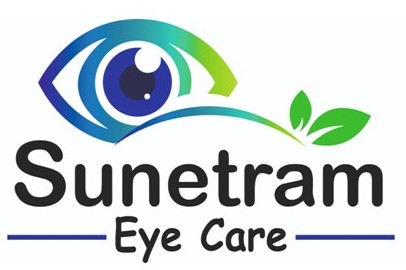Our Services
Q. What is Glaucoma?
Glaucoma is an eye condition in which pressure inside the eye rises, causing damage to optic nerve leading to irreversible loss of vision and even blindness.
Q. What are the types?
Glaucoma can be open angle type which is usually asymptomatic and hence gets diagnosed only in later stages. In closed angle type, the eye pressure rises due to block in outflow pathway of the internal fluid called the “Aqueous Humor”.
Q. What are the symptoms?
It depends on the type of glaucoma. Open angle glaucoma usually does not have any symptoms, hence it is called as “silent thief of vision”. Some can complain of haloes and defective side vision. Acute angle closure glaucoma can cause severe headache, eye pain, nausea, vomiting, blurred vision, haloes and redness of eyes. Tubular vision is a feature of advanced optic nerve damage.
Q. Who is prone to develop glaucoma?
Anyone can develop glaucoma after 40 years. There is a higher risk if there is a strong family history of glaucoma, diabetics, after an eye injury or on long term steroids. Such patients should get an annual check-up done.
Q. What happens if I have glaucoma?
Once glaucoma is confirmed, your doctor prescribes medications so that your eye pressure is under control. You must be very compliant with medications as glaucoma is mostly managed by medications. Laser is done for closed angles. Surgical treatment is done for those with advanced glaucoma, in those not controlled by medications and in congenital glaucomas.
Q. How is glaucoma diagnosed?
Initial workup includes measurement of intraocular pressure (IOP) with help of Goldmann’s Applanation tonometer. Any value >21 mmHg warrants further glaucoma evaluation. Measurement of central corneal thickness is essential and is done using Pachymeter. Visual fields analysis is an integral part of glaucoma management. We have Zeiss Humphrey’s Field analyzer which allows us to interpret visual fields, locate non seeing areas of patient and to assess progression and plan or change medications. Stereoscopic photographs of disc for documentation and progression is taken on Heidelberg fundus camera. Optical Coherence Tomography (OCT) ,the latest advancement, gives us an analysis of optic nerve head and retinal nerve fiber layer, the parts of the eye which is first affected in glaucoma. The angle of the anterior chamber is assessed by gonioscopy lens and if found occludable, patient is advised Nd: YAG Laser iridotomy in which laser beam is used to open up the blocked passage.
Q. What is laser treatment? Is it painful?
No. Laser treatment for angle closure glaucoma is a simple outpatient procedure and requires no injections. It uses laser to create an alternate passage for fluid to leave the eye so that the pressure gets under control.
Q. What is the medical therapy? Are there any side effects?
Medical management used in glaucoma includes eye drops which act by various mechanism to reduce the eye pressure and decrease progression of the disease. Some medications can cause dry eyes. Beta blockers should not be taken by heart patients and asthmatics. Most of the medications are to be avoided in pregnancy and lactation unless benefits exceed the risk. Please let the doctor know of any pre-existent condition in the body.
Q. How is glaucoma managed surgically?
Few patients with advanced glaucoma, with co-existing cataracts, not controlled by medical therapy need surgical treatment for glaucoma control. We do Glaucoma surgeries like trabeculectomy with antimetabolites to create alternate pathways for fluid to flow out, glaucoma drainage valve implants for refractory glaucoma and specialized surgeries for glaucoma in children.
